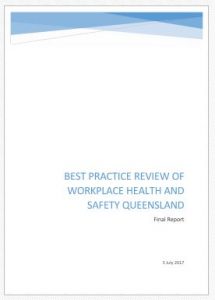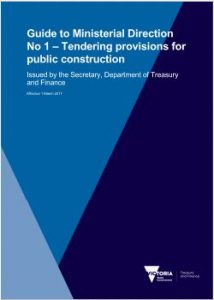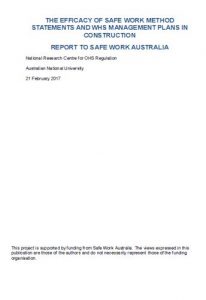 The Queensland Government has released the final report of its “Best Practice Review of Workplace Health and Safety Queensland“. Most of the media attention is given to the introduction of Industrial Manslaughter laws but there are some interesting recommendations and discussion on Enforceable Undertakings, insurance products and other matters of interest to business and safety professionals.
The Queensland Government has released the final report of its “Best Practice Review of Workplace Health and Safety Queensland“. Most of the media attention is given to the introduction of Industrial Manslaughter laws but there are some interesting recommendations and discussion on Enforceable Undertakings, insurance products and other matters of interest to business and safety professionals.
The Queensland Government announced the review earlier this year, particularly, in response to fatalities at Dreamworld and Eagle Farm. A Discussion Paper was released in April.
Industrial Manslaughter
Industrial Manslaughter laws have been floating around Australia’s occupational health and safety (OHS), legal union and political sectors for many years. Only the Australian Capital Territory (ACT) introduced such a law and the Crimes (Industrial Manslaughter) Amendment Act 2003 remains in effect.
The significance in this Queensland report is that the document is entitled “Best Practice” so the panel, based on its own experience and the many submissions it received, adds considerable weight to these controversial laws.

 Innovation in occupational health and safety (OHS) is often encouraged by government but government processes and policy can also discourage and limit this. An obvious example is where government insists on compliance with OHS laws in its tendering criteria but acknowledges that the tender safety criteria remains outdated and, privately, that OHS compliance is not enough to ensure a safe and healthy workplace.
Innovation in occupational health and safety (OHS) is often encouraged by government but government processes and policy can also discourage and limit this. An obvious example is where government insists on compliance with OHS laws in its tendering criteria but acknowledges that the tender safety criteria remains outdated and, privately, that OHS compliance is not enough to ensure a safe and healthy workplace.
 The community and media responses to the
The community and media responses to the 
 Occupational health and safety (OHS) is increasingly being touted as an integral part of a company’s organisational culture. Sometime this is described as a workplace, or safety, culture. If OHS is to be considered thus, it is important to understand other cultural perspectives. One of the most prominent in Australia, at the moment, is the culture of the banking sector.
Occupational health and safety (OHS) is increasingly being touted as an integral part of a company’s organisational culture. Sometime this is described as a workplace, or safety, culture. If OHS is to be considered thus, it is important to understand other cultural perspectives. One of the most prominent in Australia, at the moment, is the culture of the banking sector.